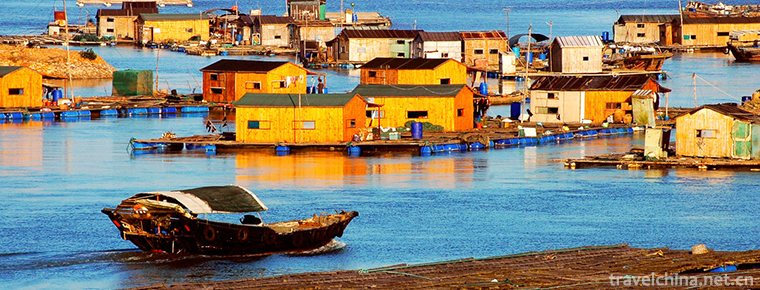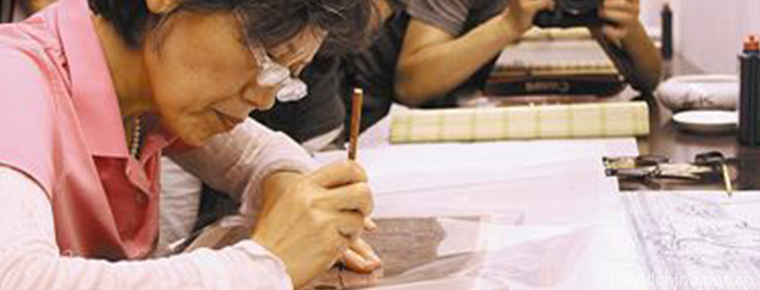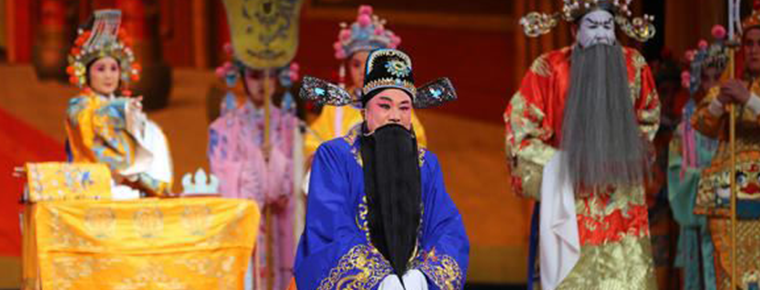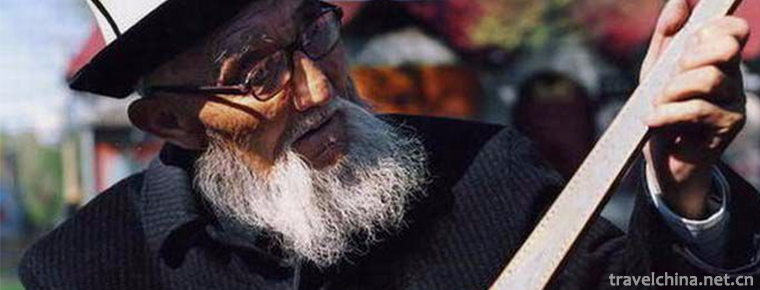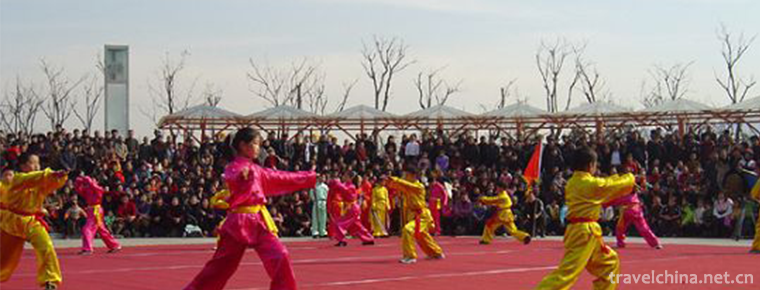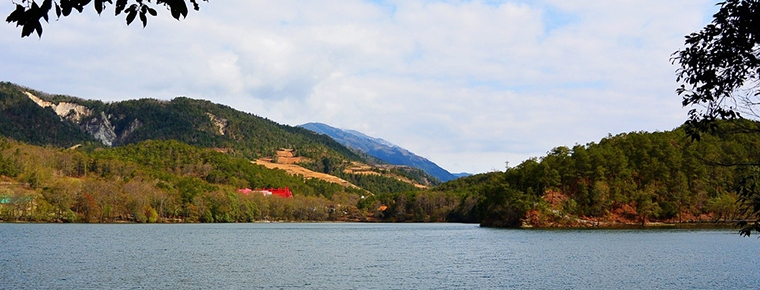Lingwu Shuidonggou Tourist Area
Shuidonggou Ancient Human Culture Site is located in Shuidonggou Village, Linhe Town, Linwu City, Ningxia. It is 30 kilometers south of Lingwu City, 19 kilometers west of Yinchuan City, 11 kilometers away from Hedong Airport and 7.8 square kilometers north of Inner Mongolia. Shuidonggou area was a sacred place for human reproduction 30,000 years ago. In 1923, French paleontologists De Rijin and Sang Zhihua discovered prehistoric cultural sites here. Through excavation, a large number of stone tools and animal fossils were unearthed. As a result, Shuidonggou became the earliest paleo-human cultural site found in China. In 1988, it was announced by the State Council as the "National Key Cultural Relics Protection Unit" and known as the "birthplace of Chinese prehistoric archaeology".
brief introduction
Ningxia Shuidonggou Site Tourist Area is located in Linhe Town, Lingwu City, Ningxia. It is 19 kilometers west of Yinchuan City, 30 kilometers south of Lingwu City and 11 kilometers east of Hedong Airport. It is located in the core part of Yinchuan East Tourist Zone. It connects with Ordos City, Inner Mongolia, and is a link connecting Ningxia and Mongolia tourism, covering an area of 7.8 square kilometers.
Shuidonggou is the earliest Paleolithic cultural site excavated in China. It is known as the birthplace of Chinese Prehistoric Archaeology and the historical witness of cultural exchange between China and the West. It is a national key cultural relic protection unit, national AAAAA tourist attraction, national geological park. It has been listed as one of the 100 sites protected by the state as well as one of the "100 archaeological discoveries with the greatest significance of Chinese civilization". He was awarded the silver prize of "50 places in China that are most worth visiting by foreigners".
Shuidonggou site records the historical witness of ancient human reproduction and struggle with nature, and contains rich and precious prehistoric data. It shows people a picture of the survival of ancient human beings 30,000 years ago. It is the only Paleolithic site officially excavated in the Yellow River region in China so far. Over the past 80 years, more than 30,000 stone tools and 67 fossils of ancient animals have been unearthed in Shuidonggou after six archaeological excavations. Among them, some stone products, tools and techniques of making and repairing stone tools, which constitute the cultural foundation of Shuidonggou, can be comparable to those of Moster and Orena human habitats in Europe, West Asia and North Africa. Especially the large number of levaloua stone cores unearthed are similar to the shape of the ancient orina culture in Europe. Famous foreign archaeologists consider this phenomenon as the "assimilation effect of long-distance migration" of human beings. The culture represented by Shuidonggou Site plays an important role in explaining the origin of regional stone technology tradition, the excavation and variation of ancient culture, and the late renewal of human migration, diffusion and exchange in Northeast Asia. It is of great significance to the comparative study of eastern and Western cultures more than 30,000 years ago.
Shuidonggou area is also the Grand View Garden of the ancient Great Wall, beacons, castles, ditches, piers and abutments of the Ming Dynasty in northern China. Within the reserve, the winding East Great Wall, the towering piers, the primitive and mysterious castle, and the winding and deep ditches are all too dazzling to be seen. It is reminiscent of the magnificent scene of the time when "the armoured men rushed to battle with spears and the generals drew their swords to chase Hu soldiers".
Shuidonggou is located in the southern edge of Ordos Platform. The Yadan landform created by nature makes it full of vigorous and peculiar charm of barren valley. It has gone through millions of years of wind and sand erosion. There are more than 20 wonderful landscapes of earth forest, such as Devil City, Wo Camel Ridge, Sky Cliff, Clouded Valley, Tamarix Valley and so on, which make people desperate and strange. There are vast old heavenly wastes and remote sighs.
Over the past two years of development and construction, Shuidonggou tourist area has become a collection of tourism, scientific investigation, leisure and entertainment, military.
The beautiful scenery of the water tunnel ditch
The beautiful scenery of the water tunnel ditch (40 pieces)
Exploration as one of the tourist areas. With the opening of Shuidonggou Site Museum and Ningxia Great Wall Museum in 2009, Shuidonggou Scenic Area will add new highlights.
Shuidonggou tourist area will become the most cultural, potential and attractive high-quality tourist attraction in Ningxia.
Natural scenery
Shuidonggou tourist area has three kilometers long reed valley, reed swaying in the valley, walking along the path, intoxicated in the reed bushes, now a quiet mood. The lake covers an area of nearly 300,000 square meters. Four original ecological wooden bridges, two pavilions and hundreds of birds gather in reeds on the lake. Green lakes, crisp birds and beautiful pictures are good places for leisure and entertainment. It is rare to see the green ripples in Hongshan Lake, the cruise ships and the Great Wall along the waterfront. It is not interesting to see the magnificent ancient Great Wall on the cruise ships. When you have not yet stepped out of the fairy tale world of the woodland landscape, get off the boat and boarded the dock, and fall into a paradise, that is, Shazao Bay in the scenic area. Elaeagnus angustifolia var. angustifolia var. angustifolia var. angustifolia var. angustifolia var. angustifolia var. angustifolia var. angustifolia var
Shui Dong gou
Water Tunnel Gully (15)
When it opens, the fragrance makes you linger and forget to return.
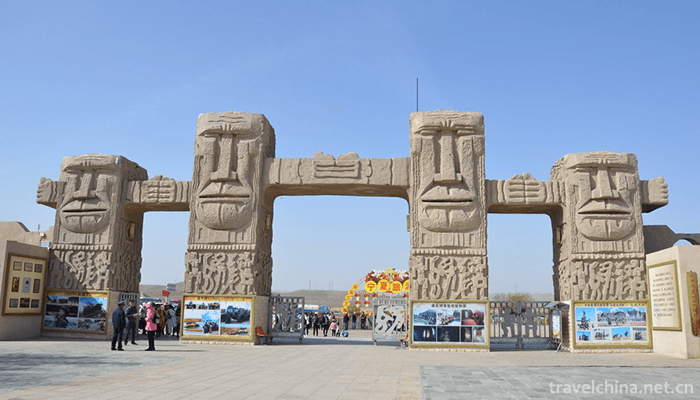
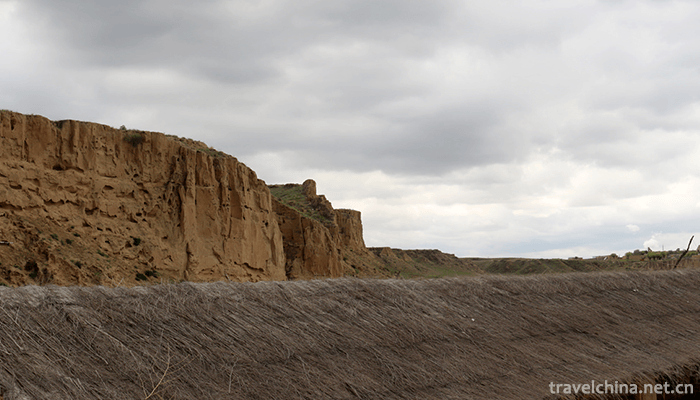
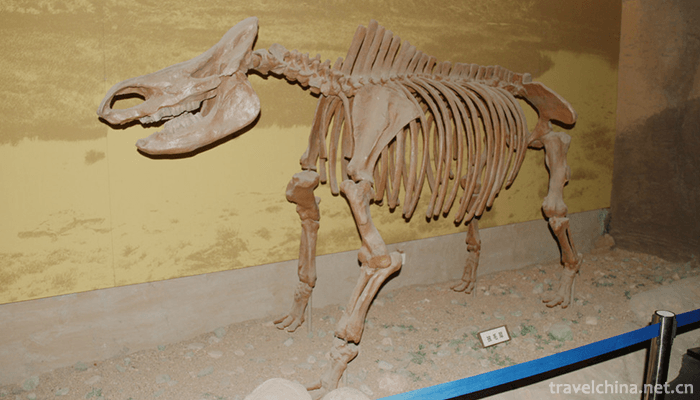
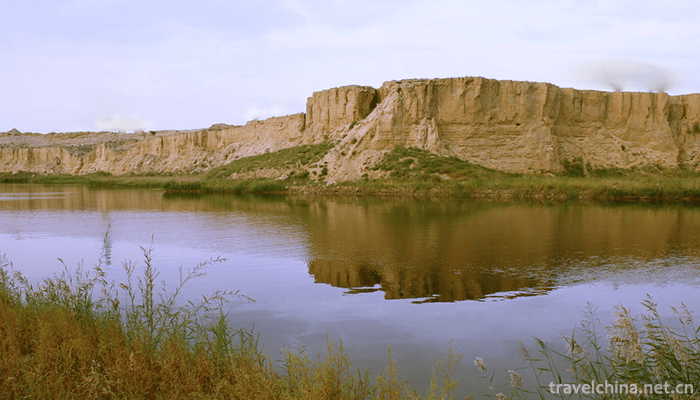
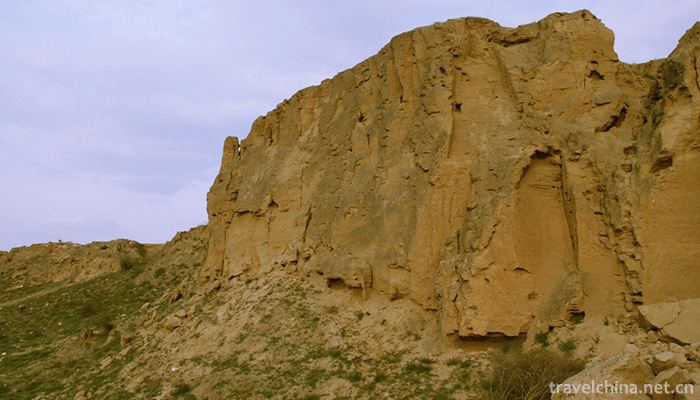
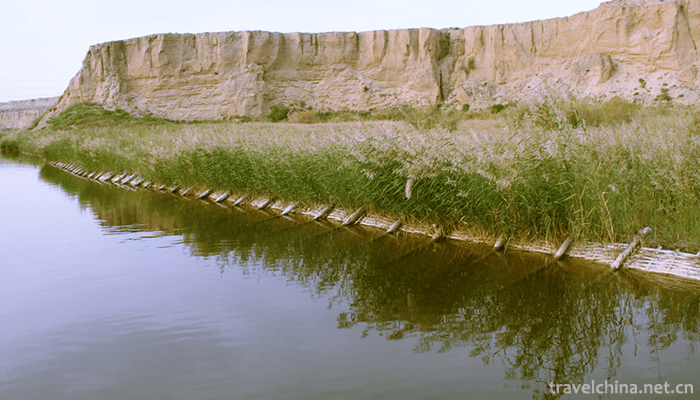
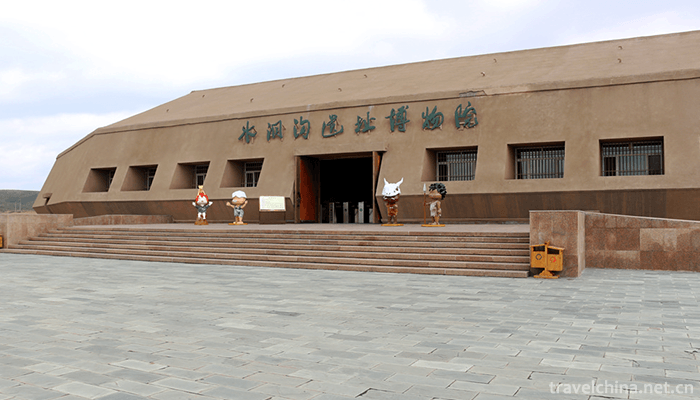
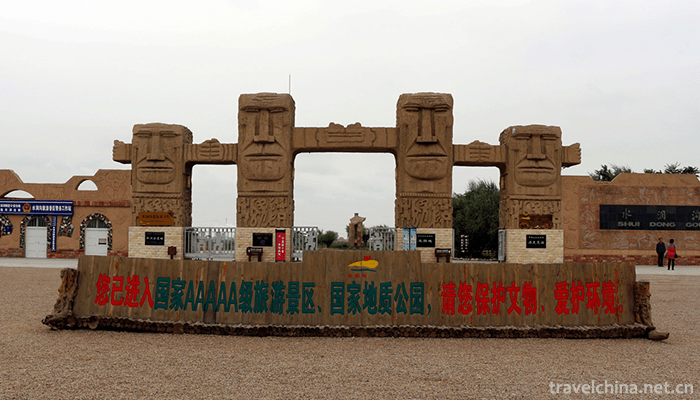
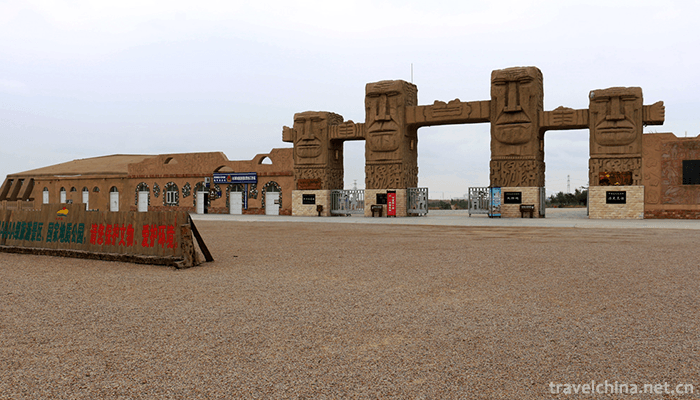
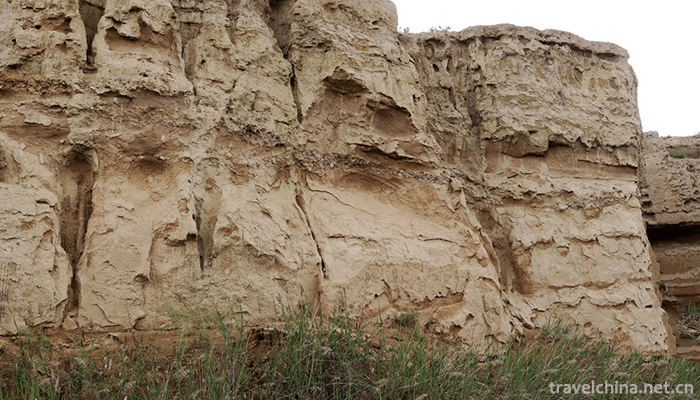
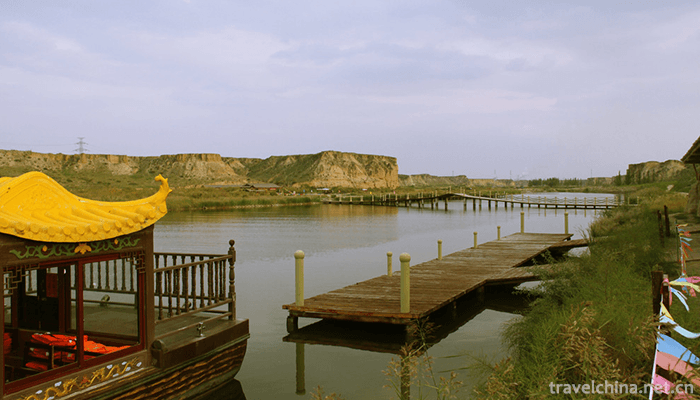

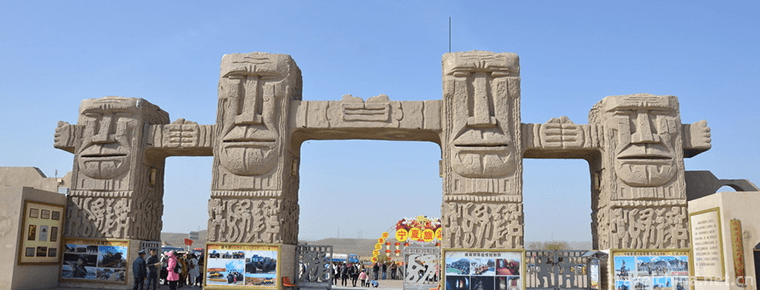
Lingwu Shuidonggou Tourist Area
-
Jiangshan Peninsula Tourist Resort
Jiangshan Peninsula Tourist Resort is a provincial tourism resort development zone approved by the People's Government of Guangxi Zhuang Autonomous Region in 1994.
Views: 189 Time 2019-01-21 -
Taiping Ancient Town Scenic Area
Taiping Ancient Town is located at the junction of Gulin River and Chishui River, 35 kilometers away from Gulin County. Across the river from Xingmin Township in Xishui County, Guizhou Province
Views: 122 Time 2019-02-13 -
Copying and Reproducing Skills of Ancient Calligraphy and Painting
Ancient painting and calligraphy copying technology, the traditional copying technology of Beijing Palace Museum, one of the national intangible cultural heritage.
Views: 255 Time 2019-05-01 -
Huai Bang
Huai Bang (also known as Huai Diao, commonly known as Huai Qing Bangzi, Lao Huai Bang, Xiao Bang Opera and Xiao Ban Opera), is one of the traditional local operas in Henan Province and one of the nati
Views: 123 Time 2019-05-04 -
Dragon Boat rap
Dragon boat rap, also known as "Dragon Boat", "Dragon Boat Song", "Dragon Island Song" or "Shunde Dragon Boat", is a popular form of folk art in the Pearl River
Views: 153 Time 2019-05-14 -
Manas
Manas, the traditional folk literature of Kirgiz Autonomous Prefecture in Kizlesu, Xinjiang, is one of the national intangible cultural heritage.
Views: 243 Time 2019-05-16 -
Meishan Wushu
Meishan Wushu is a traditional school of Wushu which is spread in Hunan Province. Xinhua is an ancient and magical land. It has not only nurtured many historical celebrities, but also cultivated Meish
Views: 131 Time 2019-06-03 -
Inkstone making skills
Inkstone making skills, local traditional handmade inkstone making skills in Shexian County of Anhui Province and Wuyuan County of Jiangxi Province, is one of the national intangible cultural heritage
Views: 154 Time 2019-07-01 -
Yi sea
The Yi sea is also known as the fish sea, and the local Yi people are called Su pin. It is located in Yangping mountain, Yihai Town, 40 km north of Mianning County. It is 330 km away from Chengdu, the capital of Sichuan Province
Views: 151 Time 2020-10-15 -
Fobao ancient town
Fubao ancient town is an ancient town with a long history in Hejiang County, Sichuan Province, 42 km away from Hejiang County, Sichuan Province. It is a historical town, a famous cultural town, a tourism town, and an important business town in the junction of Sichuan, Guizhou and Chongqing. It was built in the late yuan and early Ming Dynasty, more than 600 years ago, it is named Fobao, and it is the gateway of national Fobao forest park.
Views: 159 Time 2020-10-16 -
Historical evolution of Meishan
The establishment of Meishan government began in the third year of Jianwu (496) of the Southern Qi Dynasty. Qitongzuo county was built in the south of Wuyang County, Qianwei county. In the ordinary period of Nanliang (520-527), qitongzuo county was renamed as Qitong County, and Qitong county was established with the same county.
Views: 292 Time 2020-12-18

